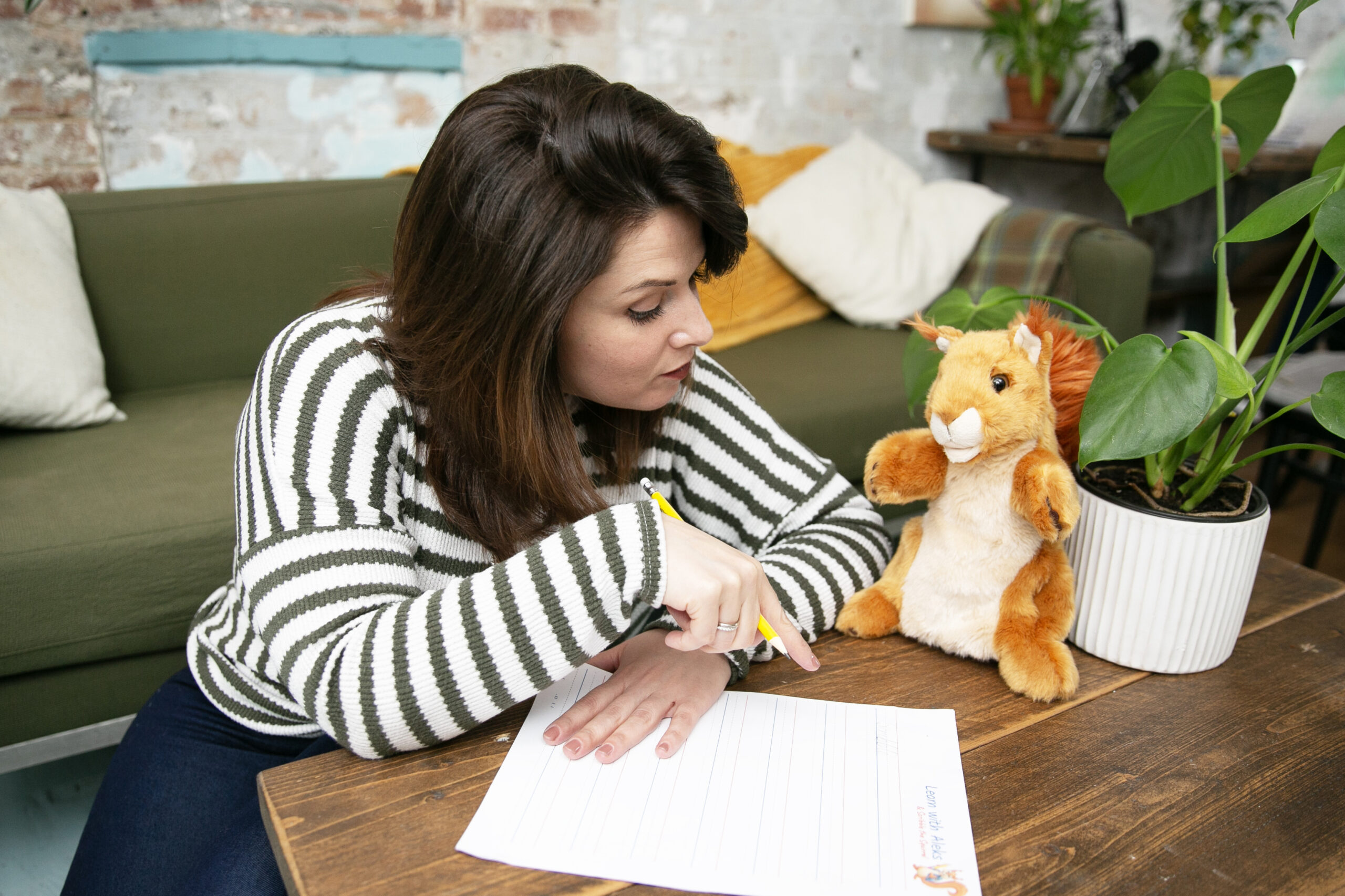
Many parents wonder if handwriting still matters in a world filled with tablets, voice notes, and screens. With children typing earlier than ever and schools increasingly relying on digital tools, it can seem like writing by hand is becoming less relevant.
However, handwriting is much more than a traditional skill. It plays a vital role in brain development, memory, communication and confidence. For children who find writing difficult, avoiding handwriting may mean missing out on these essential benefits.
This blog explores the importance of handwriting, especially in today’s digital age.
Why Handwriting Matters for Children
Handwriting engages the brain in unique and powerful ways. When children form letters by hand, they simultaneously activate areas related to movement, attention and language. This multisensory experience builds stronger neural connections that support:
-
Letter recognition
-
Spelling accuracy
-
Reading fluency
-
Planning and structuring sentences
In other words, handwriting supports children’s thinking processes, not just their writing skills.
How Handwriting Supports Memory and Focus
Research shows that writing by hand helps us remember information better than typing. Handwriting requires slowing down and processing information more deeply.
Whether copying spellings, planning a story or solving a maths problem, handwriting strengthens:
-
Memory retention
-
Mental organisation
-
Concentration and focus
For more on how handwriting impacts learning, see this resource from the National Handwriting Association.
Encouraging Clear Communication Through Handwriting
Children who are comfortable with handwriting tend to express themselves more freely. When writing is a physical struggle, many children write less or avoid it altogether.
Early support makes a big difference. As handwriting becomes easier, ideas flow more naturally, and writing by hand becomes a valuable tool for creativity and communication.
Building Confidence Through Handwriting
Imagine having lots of ideas but struggling to put them on paper. Many children, especially those with additional needs, experience this daily. They may feel frustrated, embarrassed, or anxious about their handwriting.
Improving handwriting can change these feelings. With patient support, children gain:
-
Confidence in their abilities
-
Pride in their work
-
Greater comfort in classroom settings
These skills extend well beyond handwriting itself.
How to Make Room for Handwriting Alongside Technology
Technology is an excellent learning aid, especially for neurodivergent learners. Yet handwriting should still be practised regularly.
Some ideas include:
-
Writing shopping lists, labels or letters by hand
-
Keeping a journal or scrapbook
-
Using sensory activities like tracing letters in sand or foam
-
Practising letter formation through creative sessions with Scribble the Squirrel
Short, consistent practice can lead to lasting improvements.
Handwriting might seem less important in a world dominated by screens. However, its benefits for brain development, communication and confidence are timeless. Balancing handwriting practice with digital tools gives children the best chance to thrive.
Support Your Child’s Handwriting Journey
If you want to help your child build confidence in their writing, I offer friendly and engaging handwriting lessons for children aged 5 to 11. We use movement, creativity and Scribble the Squirrel to make handwriting enjoyable.
Learn more about my handwriting classes or book a free 30-minute consultation at www.learnwithaleks.com. You can also message me on Instagram at @scribblethesquirrelhq.

0 Comments